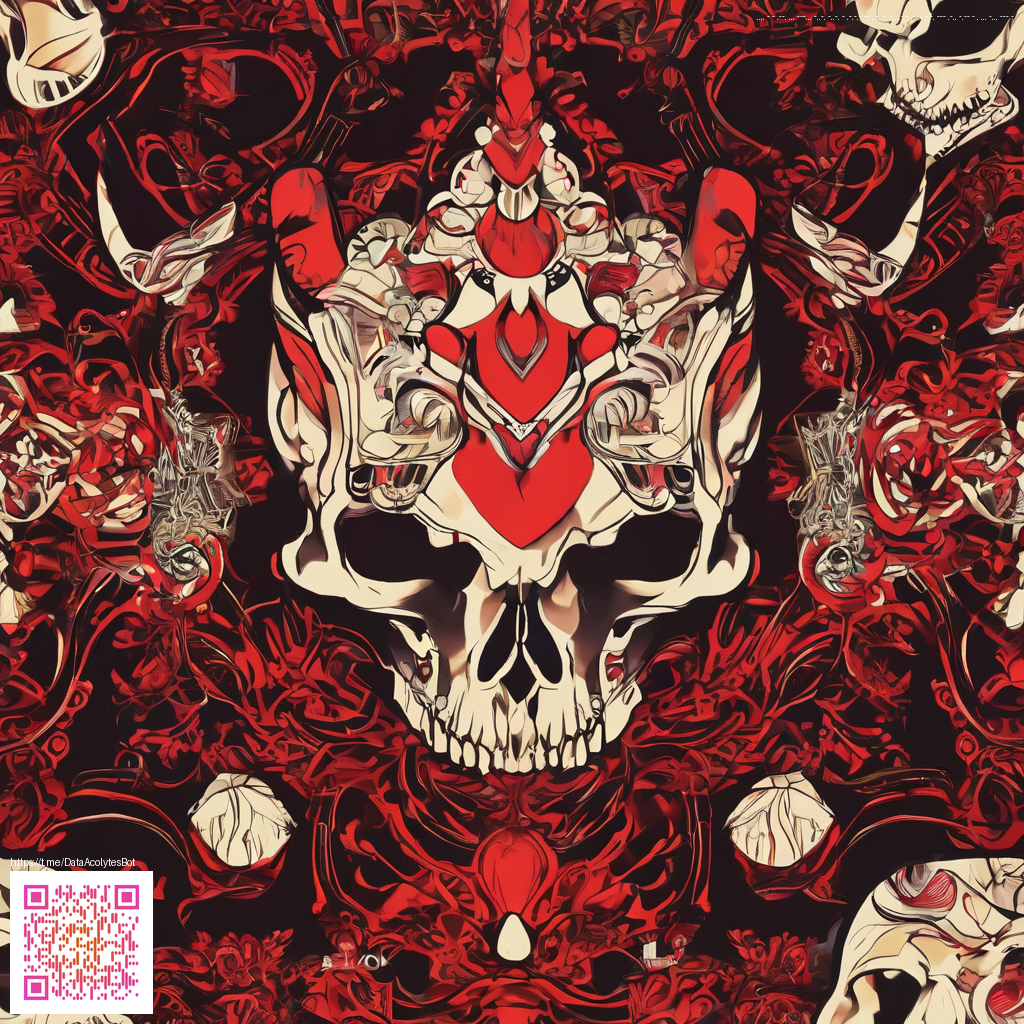
Budget and Development Scale Behind Tropical Freeze
When a studio takes on a beloved platforming legacy, the budget is not just a number it is a statement about ambition. Retro Studios crafted a bold return to Donkey Kong for a new generation on the Wii U in the mid 2010s and the scope showed in every frame. The project pushed into high detail backgrounds, refined hand crafted levels and an orchestral score that breathed new life into the Jump and Roll formula. Public budget figures never surfaced, but the scale implied a substantial investment that balanced cutting edge artistry with the realities of a Nintendo first party project.
Development began as a direct continuation from the earlier Donkey Kong Country Returns lineage, with Retro Studios leading the charge and collaborating with Monster Games on select systems. This arrangement enabled a hybrid workflow where Retro handled level design and core gameplay while Monster Games contributed expertise in engine refinement and optimization for the hardware at hand. The result was a product that aimed to honor the series while leveraging modern visuals and smoother performance on a capable but demanding console.
Hardware constraints shaped the budgetary decisions in subtle but meaningful ways. The Wii U offered a mix of capable CPU and GPU performance along with unique dual screen features that required bespoke tooling and testing. Artists and level designers labored to fill each world with handcrafted sequences that demanded meticulous asset creation, collision geometry, and collision detection polish. In this light, the financial outlay becomes a reflection of the philosophy that modern 2D games can feel expansive and alive when the team commits to depth, texture, and pacing rather than relying on cheap tricks.
Team structure and workflow
The production drew on a mix of veteran designers and fresh talent. Retro Studios orchestrated the core design while external collaborators helped scale the project to the expansive, carefully tuned sequences players remember. A strong emphasis on iteration meant many layouts were revisited multiple times to achieve the precise rhythm required for a tropical escape with tight platforming challenges. The collaboration model allowed the team to pursue ambitious art direction and a high fidelity presentation without sacrificing the tight, accessible gameplay core.
From a workflow perspective the project blended traditional hand crafted stages with modern polish. Assets were story boarded into large scale worlds and then refined through playtesting sessions that prioritized flow and responsiveness. This approach ensured that the game remained approachable for newcomers yet rewarding for veterans who chase perfect timings and flawless navigation through each captivating stage. The final product carries a sense of handcrafted care that showcases the budgetary courage behind the project.
Modding culture and community response
The tropical escapade found a dedicated community that loves to explore mechanics, speed run routes, and fan made challenges. Official mod support for Nintendo titles of this era was not a focus, yet fans embraced emulator and level editing communities to experiment with gameplay sequences and timing tricks. The enduring enthusiasm around classic Donkey Kong games has kept the debate about budget and scale lively, with players appreciating the amount of craft poured into each stage even years after launch.
As with many retro style platformers, community members created their own variations and challenges by remixing gameplay constraints. These efforts highlight an important facet of the budget discussion: much of the game’s enduring value comes from the crafted play loops and level design that players revisit repeatedly. The result is a robust modding minded culture that thrives on clever re-interpretations rather than altering core mechanics through external tools.
Developer commentary and retrospective
In later conversations with fans and press, team members reflected on balancing nostalgia with modern expectations. They emphasized the desire to deliver a faithful yet fresh experience that honors the classic que of the series while embracing new visual fidelity and smoother animation. The retrospective lens also acknowledges how the project tested the limits of what a revival could be on a Nintendo platform with modern development pipelines. The consensus is that the budgetary risk paid off in the form of a cohesive, memorable platforming adventure that stood out in its generation.
Looking back, the decision to invest in large, handcrafted levels and a lush art direction helped Tropical Freeze to age gracefully. The Switch port later brought the experience to a broader audience, accompanied by performance improvements and additional accessibility options. While exact figures remain private, the enduring critical and community reception suggests a well-judged balance between budget discipline and creative ambition.
Update coverage and modern context
From the perspective of update coverage, the game benefited from the enduring desire to keep treasures like this relevant on newer hardware. The Switch release offered a refreshed doorway for players who missed the original on the Wii U, with the added opportunity to enjoy the polished tapestry of levels with upgraded portability. This porting effort demonstrates how a well scaled budget, combined with a strong design backbone, can extend a title’s life beyond its first generation hardware without compromising its core identity. Gamers who revisit the game often remark on how its sense of tempo and stage design remains engaging even years later.
For fans and aspiring developers, the take away is clear. A robust development scale, committed craft, and a willingness to leverage a platform’s strengths can transform a historical concept into a modern classic. The project shows that when budgets are allocated toward sustained iteration, tangible assets, and precise gameplay pacing, a platformer can feel fresh while honoring its roots. The result is a title that continues to inspire discussions about design, production, and the art of reviving a beloved franchise.
Ready to dive into the precise feel of this era on modern hardware and see how the budget and scale translated into action? Check out the official shopping experience linked below to discover more about the gear that fuels long gaming sessions and the precision required to master tricky platforming sequences. 🎮